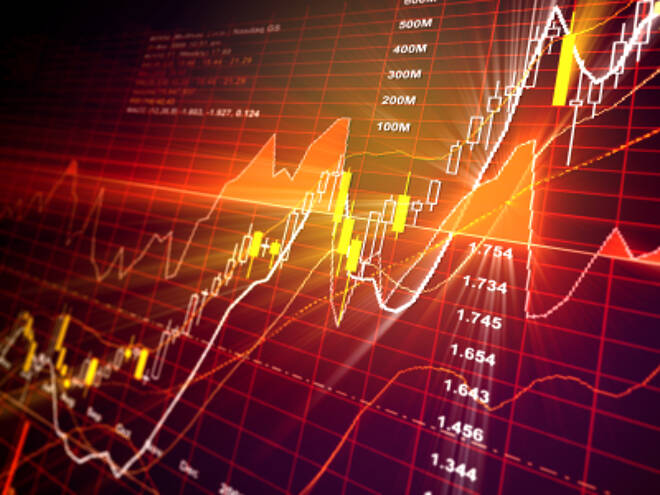Advertisement
Advertisement
Stocks Post Best Quarter in Nearly 10 years, but May Need Trade Deal to Boost Performance in Second Quarter
By:
We could see some false starts and stops as the second quarter begins, but the combination of low interest rates and the potential lifting of major concerns over the trade deal could lead to another strong quarter for equities.
U.S. major stock indexes are in a position to post their best first quarter since 2009, led by the benchmark S&P 500 Index which is off to its best start on over 20 years. Although the first quarters gains will be difficult to repeat, the second quarter could also be a barnburner although there will be headwinds along the way.
Data from analytics firm Kensho shows the S&P 500’s 12.3 percent first quarter gain up to March 28 is the best for any quarter since the third quarter of 2009, the first quarter after the major bottom in March 2009 sparked the current bull market. Furthermore, the S&P has risen by more than 10 percent in the first quarter since 1990, and in those years, the S&P traded higher for the rest of the year, averaging a gain of 10.3 percent over the remaining quarters.
And it’s not just the S&P 500 Index that’s on fire this quarter either. Low interest rates have helped drive the small cap Russell 2000, up 13.8 percent. That’s its best performance in 24 years. The blue chip Dow is up 10.2 percent, its best start since 2013, despite the U.S.-China trade dispute keeping a lid on its components more than any other major index. Strong demand for technology stocks has also helped put the NASDAQ on track for its best performance in 7 years.
Analysts are saying that the strong performances could be the result of relatively cheap shares following the steep sell-off in equities from October to late December, and aggressive first of the year buying in anticipation of the end of the U.S.-China trade dispute. Stable to higher crude oil prices have also been supportive, as well as a shift in Fed policy to the dovish side.
At the start of the second quarter, investors will run into a few bumps including the on-going trade dispute, uncertainty over Brexit, the slowing global economy and worries that the inverted yield curve may be signaling a future recession.
Investors are optimistic about the second quarter performance, however. They believe the second half of the year will see better growth, but the outcome of the trade dispute is a key to both the economy’s performance and the market’s.
As Luke Tilley, chief economist at Wilmington Trust put it this way, “Bad days in the trade situation were bad days for the market and the opposite was true, too. These are the world’s two economies. If they are able to strike a deal, that takes away the threat, and that’s positive for markets,” said Tilley. “It’s more likely to happen in the second quarter, but as we’ve seen, the nitty gritty details are challenging.”
Shortly before the start of the second quarter, Julian Emanuel, head of equities and derivatives at BTG says, “Geopolitical issues, Brexit and the trade deal with China, investors have become numb to the constant barrage of news on both fronts because there have not been any developments of substance. It’s all just noisy back and forth,” Emanuel said. “The minute investors see something out of either of those things that they perceive to be substantial developments, markets will react.”
We could see some false starts and stops as the second quarter begins, but the combination of low interest rates and the potential lifting of major concerns over the trade deal could lead to another strong quarter for equities.
About the Author
James Hyerczykauthor
James Hyerczyk is a U.S. based seasoned technical analyst and educator with over 40 years of experience in market analysis and trading, specializing in chart patterns and price movement. He is the author of two books on technical analysis and has a background in both futures and stock markets.
Advertisement
